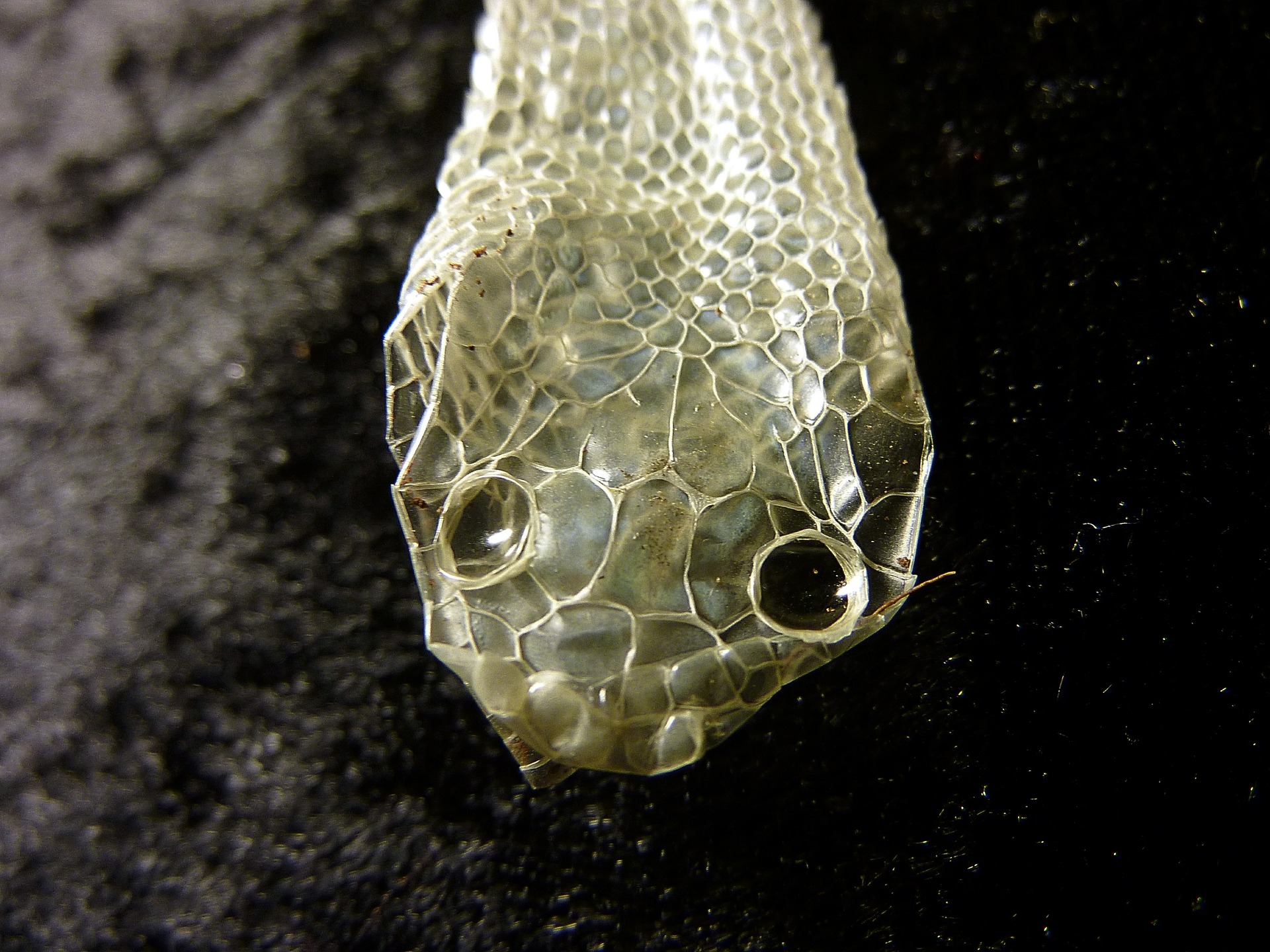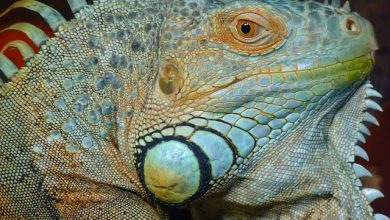Top Methods to Help Your Reptile through Shedding – The Tye-Dyed Iguana

Shedding is a necessary function for skin. You shed your skin, and so does your reptile. The big difference, however, is that lizards, snakes, and other reptiles shed most of their skin all at once. And that makes it a bit more uncomfortable for them than when you shed a few flakes here and there. But you can come to their rescue with some ways to help your reptile through shedding, making the process quicker and more comfortable for them.
What you can do to assist reptile shedding
Here are the best ways to help your herp through a skin shed.
Warm water
The skin your reptile sheds will be extremely dry. In some cases, the dryness makes the skin stick in place. Hydrating their skin with a soak in warm, shallow water will help loosen difficult pieces of skin. Be careful not to use too much water for exotic pets that donât swim. Alternately, you can use a water bottle with a spray nozzle to spritz warm water on their skin.
Dry off your reptile after the bath or spray. The water is to help loosen the skin, but it wonât help the process along for the animal to remain wet. Be sure to put them under their heat lamp afterward.
Shedding aid
Products are also available to condition and hydrate your petâs skin. Commercial shedding aids are formulated specifically to moisturize, much like lotion does for your skin. Unlike using water, a spray-on shedding aid doesnât have to be dried off, which is helpful if you have multiple pets or not a lot of time for bathing.
Exfoliating habitat décor
Shedding skin feels itchy to your snake or lizard. Itâs natureâs way of encouraging them to rub up against something and scratch the itch, removing more skin in the process. You can facilitate the process simply by providing rough rocks and branches in their enclosure. These items enrich quality of life for your exotic pet, so theyâre good to have all the time.
Quality nutrition
This tip isnât something to do while your pet is shedding. Rather, you should be feeding a high-quality diet that provides all your reptileâs necessary nutrients on a regular basis. Just as good nutrition makes your skin healthier and more balanced, so it is for your scaly friend. Good health makes the shedding process go more smoothly. Know that many snakes refuse food when they are shedding, though lizards may be more inclined to eat during a shed. What matters if consistent nutrition, not what they eat while shedding.
Shedding light on skin shed
If you notice youâre reptile isnât shedding on a regular basis, check out their diet and environment. Stress can inhibit the shedding process. After your herp is done shedding, remove the skin from the enclosure and throw it away.
Some lizard owners like to help along the process by pulling off the raggedy pieces of skin. Iguanas, for instance, shed their skin in patches rather than one big piece like snakes do. Be careful of how you assist. Skin that is damp and resists being removed is not ready to shed fully, and you could damage your lizardâs skin by pulling it off. Only manually remove pieces that are dry and rub off easily.
Various snakes and lizards shed on different schedules. Ask a member of our team at The Tye-Dyed Iguana to learn how often to expect a shed from your particular exotic pet.



